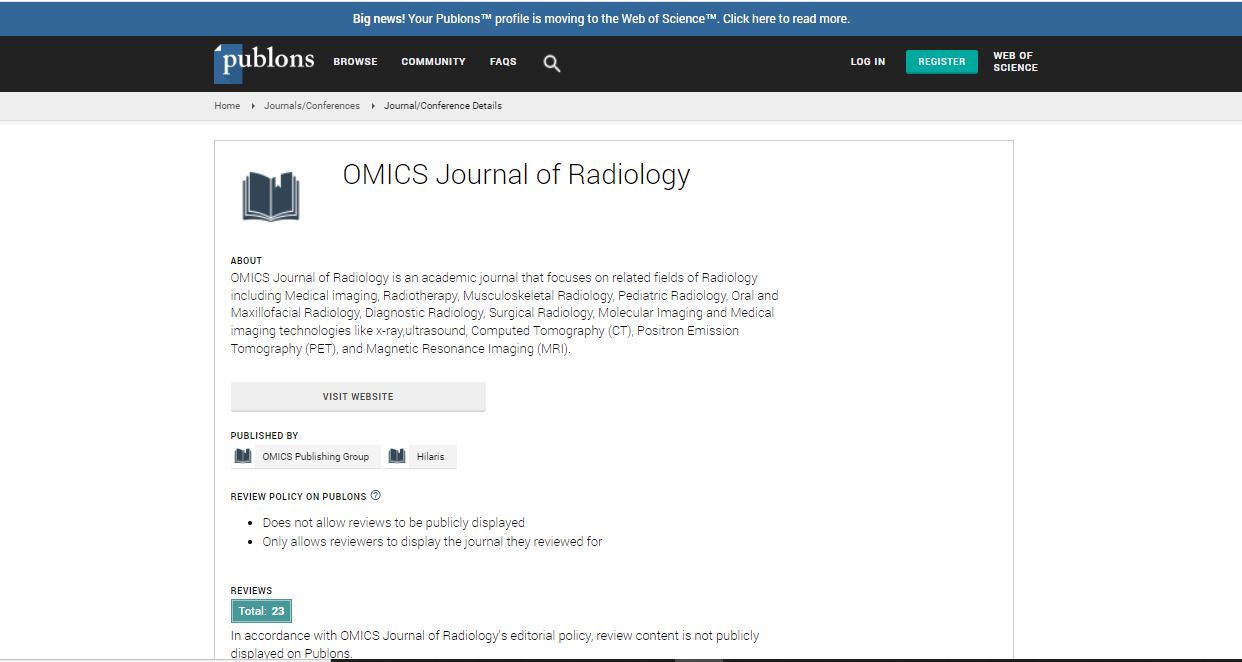Case Report
Acute Thoracic Aortic Dissection (Stanford B): Challenges in Early Detection and Management
| Noraini Sarina Abdullah1* and Fathinul Fikri Ahmad Saad2 | |
| 1Medical Unit, Pusat Perubatan Universiti Kebangsaan Malaysia, Jln Yaakob Latif 56100 Kuala Lumpur, Malaysia | |
| 2Pusat Pengimejan Diagnostik Nuklear, Fakulti Perubatan Sains Kesihatan, Universiti Putra Malaysia, 43400 Serdang, Selangor, Malaysia | |
| Corresponding Author : | Noraini Sarina Abdullah Medical Unit, Pusat Perubatan Universiti Kebangsaan Malaysia Jln Yaakob Latif 56100 Kuala Lumpur, Malaysia Tel: +60391455555 E-mail: surihatiku.sn@gmail.com |
| Received: June 29, 2015 Accepted: August 03, 2015 Published: August 07, 2015 | |
| Citation: Abdullah NS, Saad FFA (2015) Acute Thoracic Aortic Dissection (Stanford B): Challenges in Early Detection and Management. OMICS J Radiol 4:200. doi:10.4172/2167-7964.1000200 | |
| Copyright: © 2015 Abdullah NS, et al. This is an open-access article distributed under the terms of the Creative Commons Attribution License, which permits unrestricted use, distribution, and reproduction in any medium, provided the original author and source are credited. | |
Abstract
Background: Diagnosis of acute thoracic dissection is crucial given its potential fatal complications in delayed treatment response. Early and appropriate intervention renders obviation of futile surgery.
Case report: A 63 years old man with uncontrolled hypertension who presented to emergency department with sharp excruciating chest pain which radiated to the back. A Computed Tomography Angiography (CTA) was done which confirmed thoracic aortic dissection (Stanford type B) (Figures 1 and 2). An uneventful endovascular stent graft with Captivia system was done to contain the entry tear. The patient was doing well post procedure with wellcontrolled blood pressure.
Conclusion: This case reports documents challenges in making immediate diagnosis of acute aortic dissection and in providing appropriate intervention to avert fatal outcomes.

 Spanish
Spanish  Chinese
Chinese  Russian
Russian  German
German  French
French  Japanese
Japanese  Portuguese
Portuguese  Hindi
Hindi 
